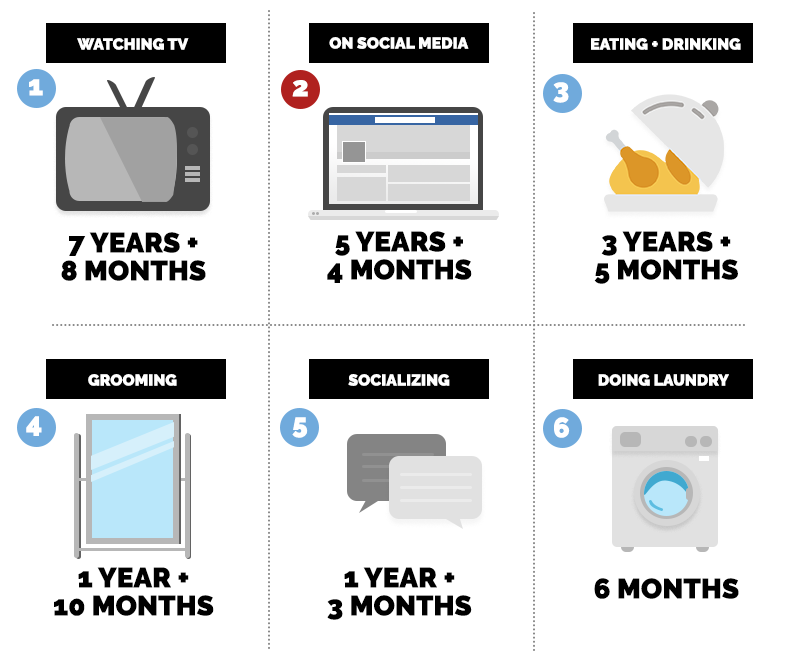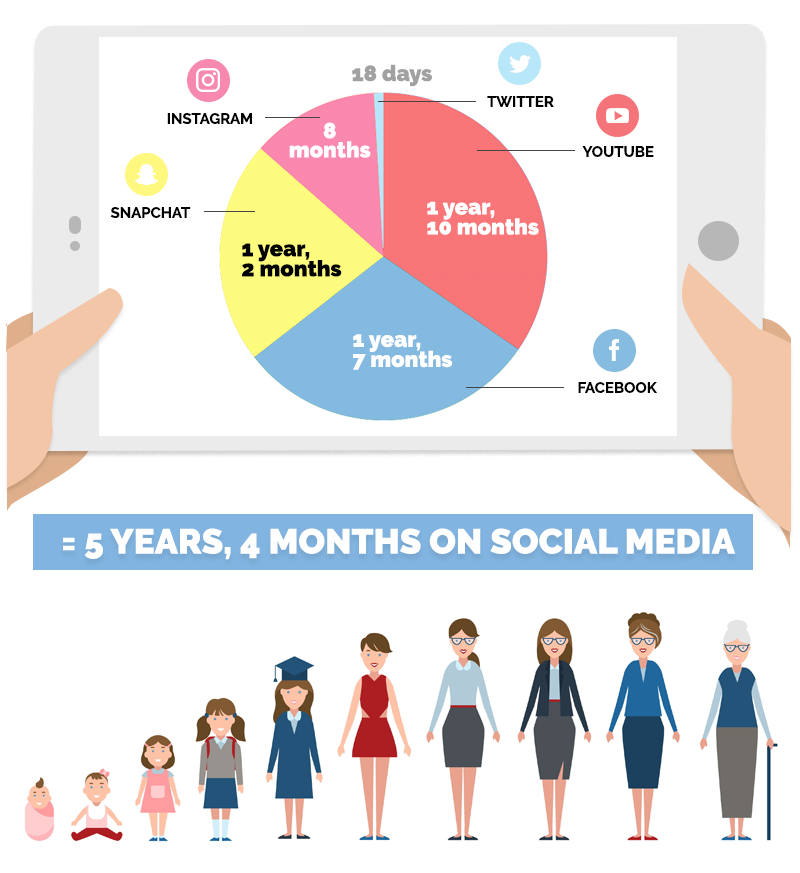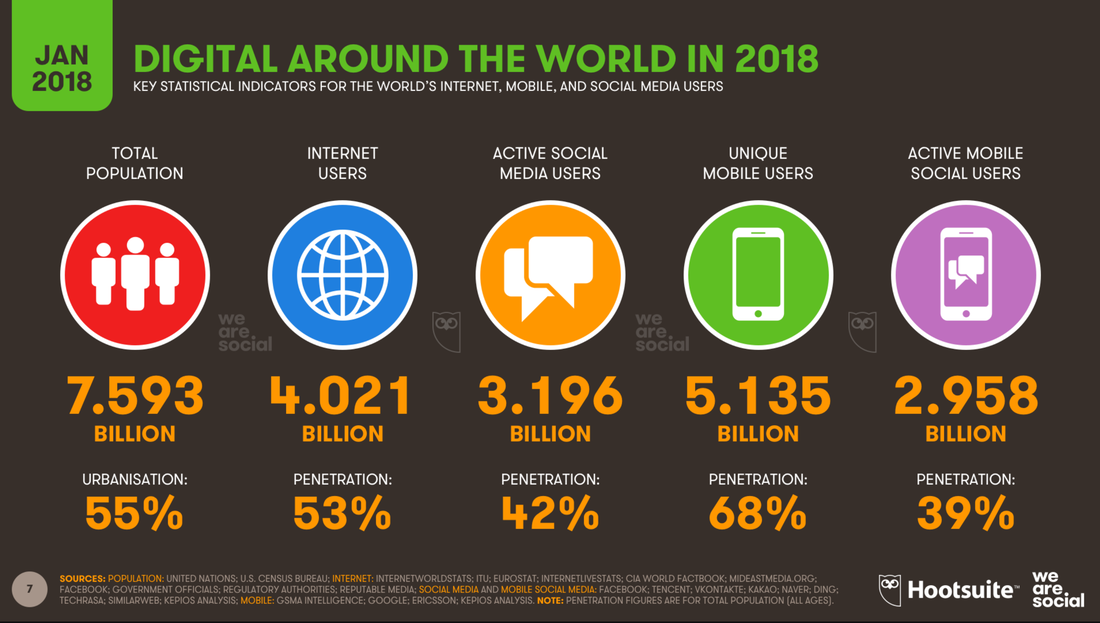
Jamie Jean Schneider Domm
Digital Strategist for the North American Division
It’s a way to reach seekers, especially young seekers.
Only 20% of Americans regularly attend church, and only 2 in 10 millennials consider regular church attendance important. If we consider time spent “in church,” a member who attends twice a week for a worship service and one other event only engages for four to five hours a week. How we respond to this reality either represents a challenge or an untapped opportunity. These statistics may seem bleak for our mission, but there’s another way to look at the situation.
How can we reach the 80%? Simple. We go and meet them where they spend their time, not where we want them to be. We have nine or more hours a day to connect with them. Part of this effort must utilize digital technologies to better understand behavior and needs before creating programs or resources that satisfy our assumptions about our target audience.
People are googling for God.
- Is God real?
- What happens when we die?
- How do I know I’m saved?
- Why is there so much suffering in the world?
There is a great need for the Adventist message of hope and wholeness. Many people are hurting, entertaining suicidal thoughts, or feel there is no hope for their situation. They turn to the internet for companionship, understanding, information, anonymity, and more. It’s easier for them to pour their hearts out online than it is to come to a friend, neighbor, co-worker, or family member.
Thirty thousand people search the keywords “church online” every month, and they mostly find opportunities to watch people in a building. People searching for answers need more than a program to watch.
At any given time, 22-28% of people are in crisis in the United States and Canada, says Samuel Neves, Associate Director of Communications, General Conference of Seventh-day Adventists. This amounts to 80 million+ people who need support. Crisis can be defined as loss of a loved one, illness, divorce, loss of a job, depression, drug addition, food insecurity, etc. For those who search for answers and comfort online, who is there to answer their questions and help them spiritually?
In addition, Neves says, the two main content categories people search online alone are religion and pornography. Both search categories are related to the need for relationships and connection. How can we steer seekers in a healthy direction?
90% of surveyed people have used social media to communicate with a brand, and millennials prefer to reach out to an organization via social media rather than traditional channels like phone or email. This brings me to my next point: not everyone is ready to come to church; some are not even ready to discuss their issues in person. Over four million people visit North American Division church/ministry websites each year, and countless more engage on social media. The Church can be a voice that answers back to those seeking help through these channels and help open a door for a seeker’s spiritual experience.
The digital mission field is vast and not restricted by geographical locations. 42% of the world’s population is on social media, and 77% of Americans are on social media. Every inhabited continent is represented in the digital space. While Christianity is on the decline in the West, it has never been easier to reach people. I believe the next Great Awakening will be a digital one, and reaching the digital mission field is our generation’s great commission.
Therefore go and make disciples of all nations, baptizing them in the name of the Father and of the Son and of the Holy Spirit, and teaching them to obey everything I have commanded you. And surely I am with you always, to the very end of the age (Matthew 28:19-20).




